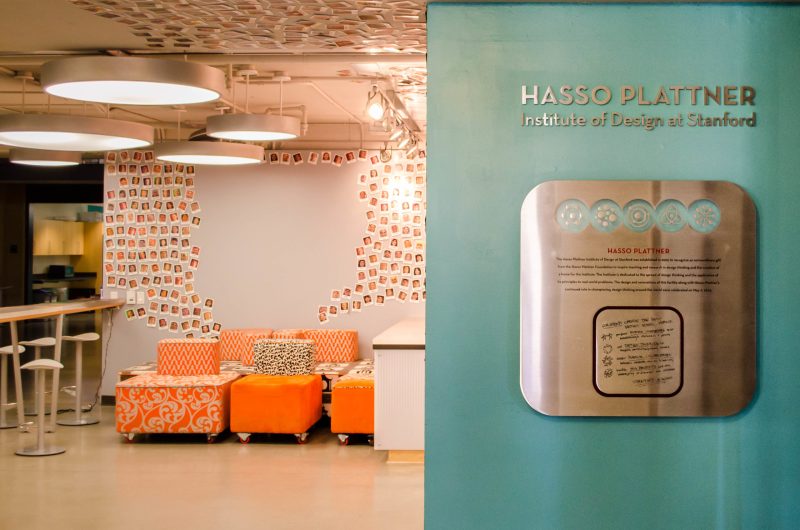In DESINST 280: “Designing (Ourselves) for Racial Justice,” students learn how to increase equity in education by working with a diverse array of experts and completing design challenges that have the potential to positively impact the lives of students in the United States.
The two-unit course, offered during fall quarter by the d.school, is taught by three instructors: Jess Brown, Louie Montoya and Samuel Seidel. Montoya and Brown are both designers for the K-12 lab, a d.school program focused on elementary and secondary education. Both said they came up with the course after realizing students who are deeply engaged with racial justice and equity work needed more support as their work progressed and they gained more experience.
“A lot of folks doing equity or justice work aren’t very supported, and… I learned that there is a huge need for tangible tools, space and time to process [and] to deal with their own trauma,” Montoya said. “So with that knowledge, we created this course.”
Brown added that in the midst of a global pandemic, racial reckoning and frequent violence, people are coming up with ways to organize and advocate for racial justice, liberation and equity. She said that the teaching staff realized there is plenty of support and development offered at the introductory level, but not as much for people already deeply engaged in racial justice work.
“There are so many forces and social norms that contribute to folks not being able to show up as their full and authentic selves,” she said.
This class, she explained, would be a space for students to develop and map out what their equity work could look like, think deeply about themselves in their work and address barriers that exist.
Gabriela Basel, a second-year Ph.D. student in chemical engineering and member of that department’s Diversity, Equity and Inclusion Committee, wrote that the course helped her to “rethink student-faculty communication interfaces, graduate admissions protocols, and accountability structures,” and create “concrete timelines and programs more likely to have sustained impact.”
The class focuses on three main pillars: self-care, building capacity to take action and creating strong networks, and communities who will take action. Montoya said that the last pillar might feel like a cliché, but “even though a lot of people acknowledge that we need community, we have very few structures that actually help people do that,” and even if there is a community, even fewer structures exist regarding “how to turn that community into a driving force of change.”
The class is centered around “designing” and “ourselves,” according to Basel. She wrote that the design aspect of the class focuses on mapping out plans to continue the work students have begun outside the course, while the “ourselves” aspect ensures that the students are prepared “in knowledge, health and attitude, to continue working.”
The class is held on Tuesdays and Thursdays, with Tuesdays dedicated to guest lectures and discussions and Thursdays set aside for studio time, where students expand on the concepts they learned through activities and reflection. Montoya said that he does not talk for more than 10 minutes in a class, as it is experience-based.
Basel wrote that while the course has not outright taught her new concepts specific to her goals, the activities and resources allowed her to come up with ideas herself.
“While working towards racial justice, I can often feel hopeless or lost,” she wrote. “This course has helped me a lot with being more intentional with my approach to racial justice, which helps me avoid feeling lost.”
“I am more confident after this course that I can effectively implement serviceable ideas to improve my community.”
Contact Lyanne Pineda at lyannepineda ‘at’ stanford.edu.
